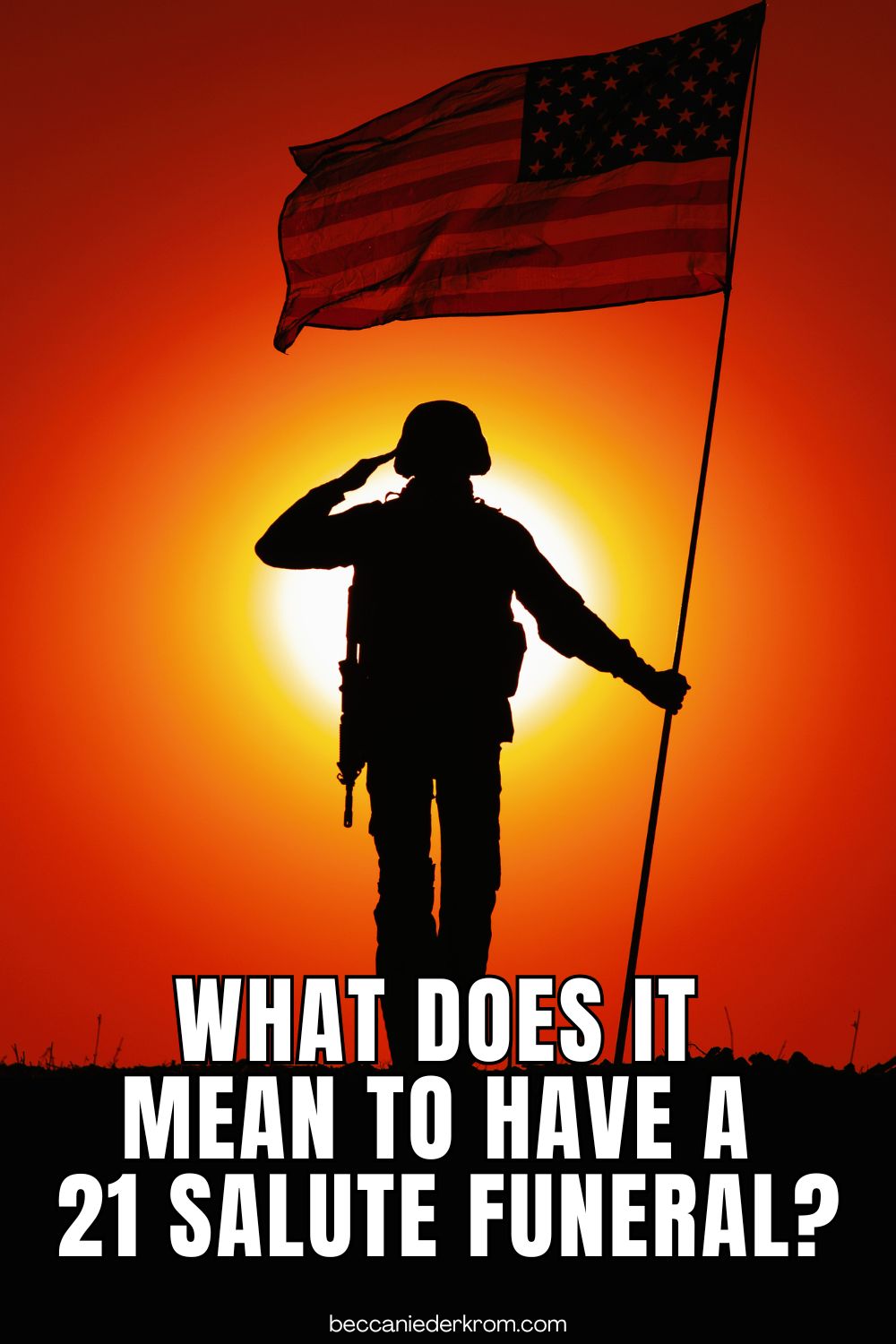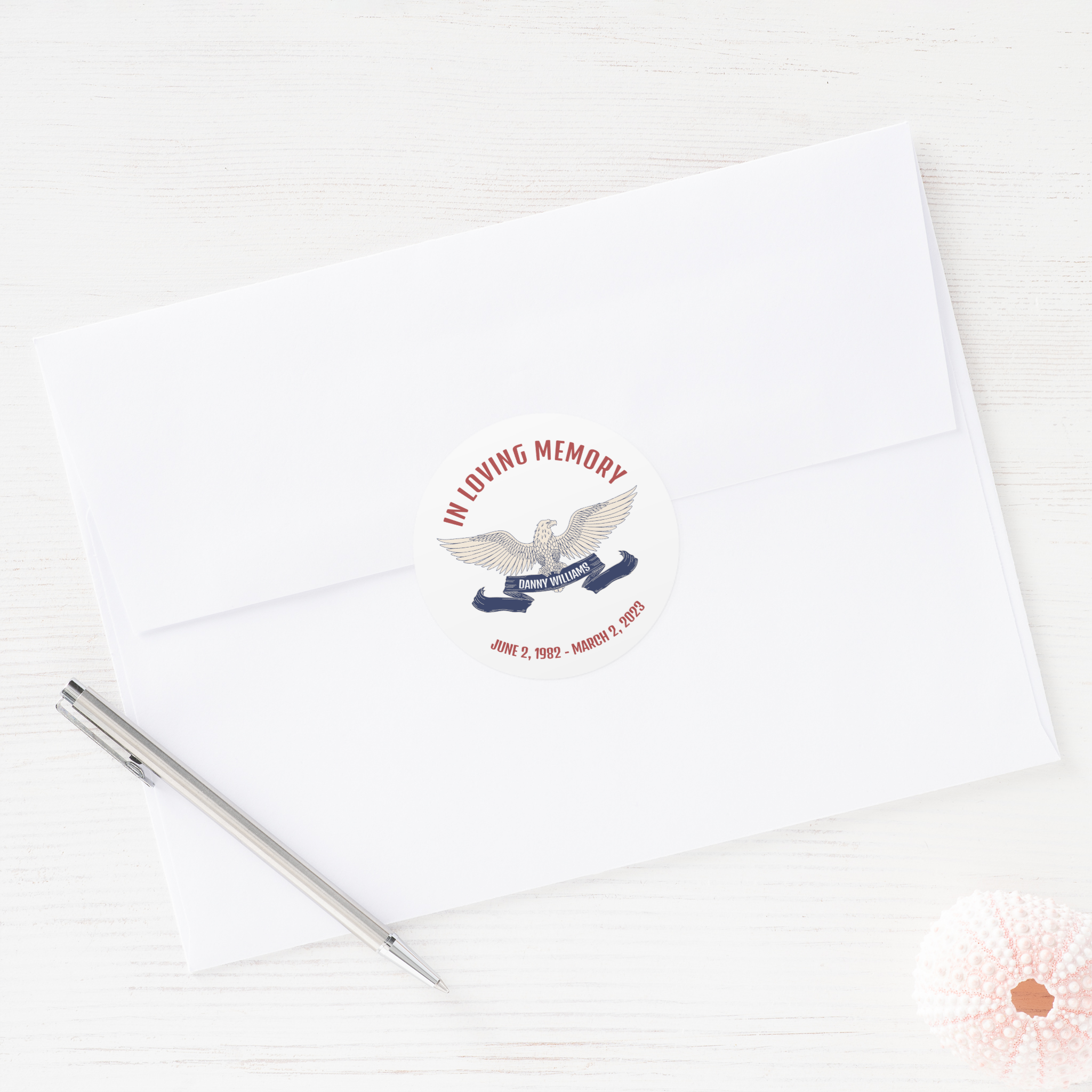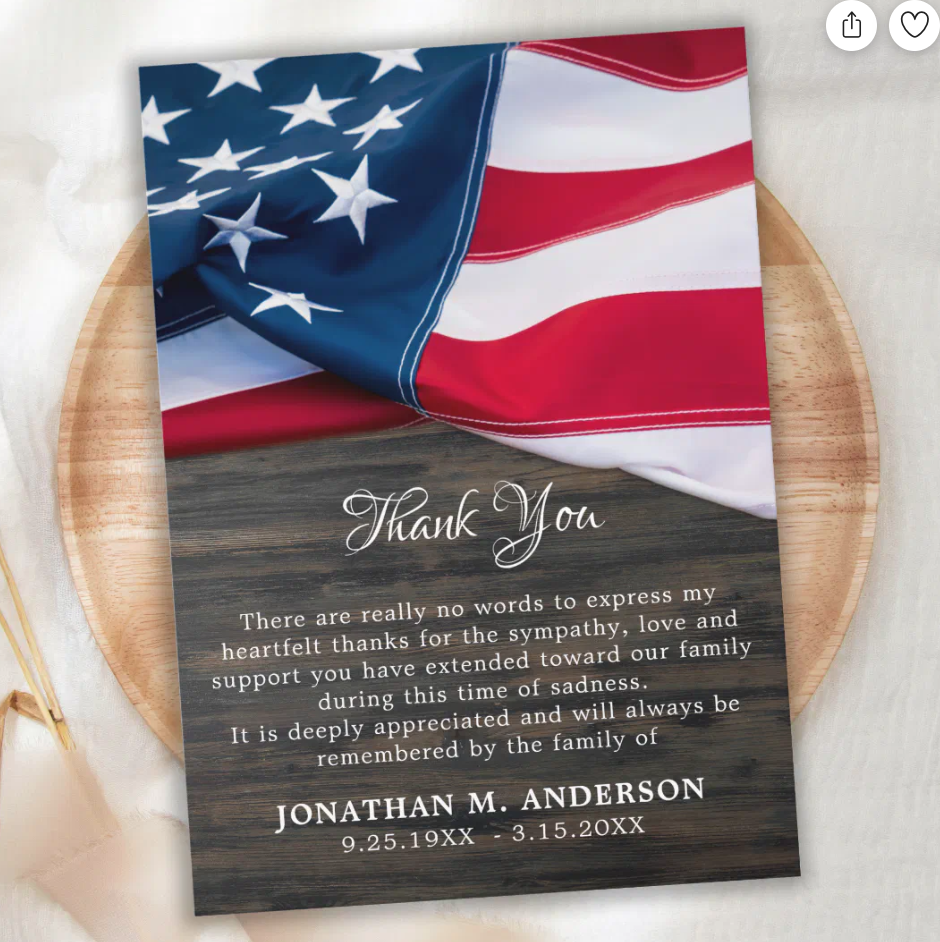We may earn money or products from the companies mentioned in this post. As an Amazon Associate I earn from qualifying purchases. Disclosure of Material Connection: Some of the links in this post may be "affiliate links." This means if you click on the link and purchase an item, I will receive an affiliate commission.
When a family loses a loved one who served in the military, they may be eligible for special funeral honors, including what is known as a 21-gun salute or 21 salute funeral. This time-honored tradition pays tribute to the deceased’s service and sacrifice to their country, providing a dignified and respectful farewell that acknowledges their military contribution. Understanding what it means to have a 21 salute funeral can help families properly honor their veteran loved ones during this difficult time.
What Does It Mean To Have A 21 Salute Funeral?
The History and Significance of the 21-Gun Salute
The tradition of firing guns as a military honor dates back centuries, originating from naval customs where ships would fire their cannons to show they were disarmed and posed no threat when entering foreign ports. Over time, this evolved into a ceremonial gesture of respect. The number 21 holds special significance, as it represents the sum of the numbers in the year 1776 (1+7+7+6=21), marking the birth year of the United States.

In modern times, the 21-gun salute has become the highest honor rendered by the nation’s military forces. It’s reserved for heads of state, presidents, and other dignitaries of exceptional rank. However, this differs from what is commonly provided at military funerals.
Military Funeral Honors vs. 21-Gun Salute: Understanding the Difference
Many people mistakenly refer to the rifle volleys fired at military funerals as a “21-gun salute,” but there’s an important distinction to make:
- A true 21-gun salute involves 21 artillery pieces firing a single round with a 5-second interval between each shot. This is typically reserved for presidential inaugurations, foreign dignitaries, and other national celebrations.
- Military funeral honors typically include a 3-volley salute (sometimes called a 3-rifle volley), where seven service members fire their rifles three times in unison. This creates 21 individual shots but is technically not a 21-gun salute.
This distinction is important because while not every veteran receives a 21-gun salute in the strict sense, all eligible veterans are entitled to the 3-volley salute as part of their military funeral honors.
Who Is Eligible for Military Funeral Honors?
Military funeral honors, including the 3-volley salute, are available to:
- Veterans who were honorably discharged
- Active-duty service members
- Members of the Selected Reserve
- Former members of the Selected Reserve who served their full term of obligation
- Members of the Reserve Component who die while on active duty
The Department of Defense (DoD) is responsible for providing military funeral honors at no cost to the family. These honors are coordinated through the funeral director, who contacts the appropriate military service to arrange the ceremony.
Elements of a Military Funeral With Honors
A military funeral with full honors typically includes several ceremonial elements:
The Honor Guard
An honor guard consists of uniformed service members who perform various ceremonial duties during the funeral. The size and composition of the honor guard depend on the rank and branch of service of the deceased.
Flag Folding Ceremony
During the service, the American flag draped over the casket is meticulously folded into a triangle, with only the blue field and white stars visible. This symbolizes the tricornered hat worn by patriots during the American Revolution.
Presentation of the Flag
After folding, the flag is presented to the next of kin with the solemn words: “On behalf of the President of the United States, (the branch of service), and a grateful nation, please accept this flag as a symbol of our appreciation for your loved one’s honorable and faithful service.”
Playing of Taps
“Taps” is a bugle call played at military funerals and memorial services. This hauntingly beautiful melody signals the end of the day or, in this context, the final farewell.
The Three-Volley Salute
The three-volley salute involves service members firing blank cartridges three times in unison. This tradition originated from battlefield ceasefires when combatants would clear their weapons to show they were collecting their dead and wounded—the three volleys signaled that this task was complete and combat could resume.
Planning a Military Funeral with Honors
Families wishing to arrange military funeral honors should follow these steps:
- Confirm eligibility: Locate the veteran’s discharge papers (DD Form 214) to verify honorable discharge.
- Contact a funeral director: The funeral home will coordinate with the military to arrange for honors.
- Provide necessary documentation: The funeral director will need a copy of the DD Form 214 or other proof of military service.
- Decide on burial location: Military honors can be performed at private cemeteries, national cemeteries, or state veterans cemeteries.
- Understand what to expect: Familiarize yourself with the elements of military funeral honors to prepare emotionally for the ceremony.
The Emotional Impact of Military Funeral Honors
The ceremonial aspects of a military funeral with honors often provide families with a sense of pride and closure. Many family members report that witnessing the precision and dignity of the honor guard, hearing the crisp reports of the rifle volleys, and receiving the carefully folded flag brings a measure of comfort during their time of grief.
These ceremonies acknowledge not only the service member’s contribution to their country but also the sacrifices made by their families. The rituals help bridge the gap between military and civilian life, allowing communities to participate in honoring those who served.
Common Questions About Military Funeral Honors
Can veterans who die of non-service-related causes receive military honors?
Yes, all veterans who were honorably discharged are eligible for military funeral honors, regardless of whether their death was service-related.
How far in advance should military honors be arranged?
It’s recommended to begin the process as soon as possible after a death occurs. While the military will make every effort to accommodate requests, providing at least 48 hours’ notice is ideal.
Can military honors be performed at a memorial service instead of a funeral?
Yes, military honors can be performed at memorial services, even if they take place weeks or months after burial.
What if original discharge papers cannot be located?
If the DD Form 214 is unavailable, families can request emergency verification through the National Personnel Records Center or through the Department of Veterans Affairs.
Conclusion
A 21 salute funeral, more accurately described as a military funeral with honors including a three-volley salute, represents our nation’s gratitude for those who served in uniform. These ceremonial traditions connect us to our history and provide a standardized way to honor the sacrifices made by service members and their families.
For families of veterans, understanding these traditions helps ensure their loved ones receive the recognition they’ve earned through their service. The precision, dignity, and solemn nature of these ceremonies offer a fitting tribute that acknowledges both the individual’s personal journey and their place in our nation’s collective memory.
By preserving these traditions, we maintain an important link to our military heritage and demonstrate our continued respect for those who have served. A military funeral with honors isn’t just about marking an ending—it’s about celebrating a life dedicated to service and preserving that legacy for future generations.





